Assembly Guide and Video Coming Soon.
Parts List :
Raspberry Pi 5 with 8GB Ram - Buy from Pi Shop
Raspberry Pi - 27W USB-C Power Supply - Buy from Pi Shop
Mini PC Case for Raspberry Pi 5 with fan - Buy from Amazon
1TB M.2 NVMe Internal Solid State Hard Drive - Buy from Amazon
Raspberry Pi 5 SSD Adapter - Buy from Amazon
64GB High Endurance MicroSD Card - Buy from Amazon
Recommendation:
We highly recommend purchasing the Raspberry Pi and power supply directly from the official Raspberry Pi shop or an authorized dealer to ensure authenticity and quality. If you choose to buy from Amazon, please be aware that some listings may include lower-quality or unofficial components. Always check seller ratings and reviews before purchasing.
Tools Required :
Screwdriver Set with Precision nut drivers. Something similar to this : https://amzn.to/4kCFgvB
Recommended Software :
Balena Etcher : https://etcher.balena.io/
Umbrel OS From Github : https://github.com/getumbrel/umbrel
Latest Version here... https://github.com/getumbrel/umbrel/releases/tag/1.4.0
Be sure to get the version specified for the Raspberry Pi 5
All Other Software needed to setup the node is contained in the Umbrel Store.
The Umbrel Store will be available once the Umbrel OS is installed and running on the device.
Below is a detailed list of the recommended parts for this project. These components have been carefully selected to ensure optimal performance, compatibility, and reliability. However, we understand that availability and personal preferences may vary, so comparable parts that meet the same specifications should work as well. If substituting parts, please ensure they meet the necessary requirements to maintain functionality and performance. If you have any questions about compatibility, feel free to reach out for guidance.
Note: A Bitcoin node, once fully synced with the entire blockchain, can be "pruned" to free up storage space. Pruning allows the node to discard older blockchain data while still validating new transactions and blocks. While our guide recommends a 1 TB SSD for a full node setup, this storage capacity is more than sufficient for a pruned node, which typically requires only a few gigabytes of space. Pruning is an excellent option for users with limited storage who still want to support the network and verify transactions independently.
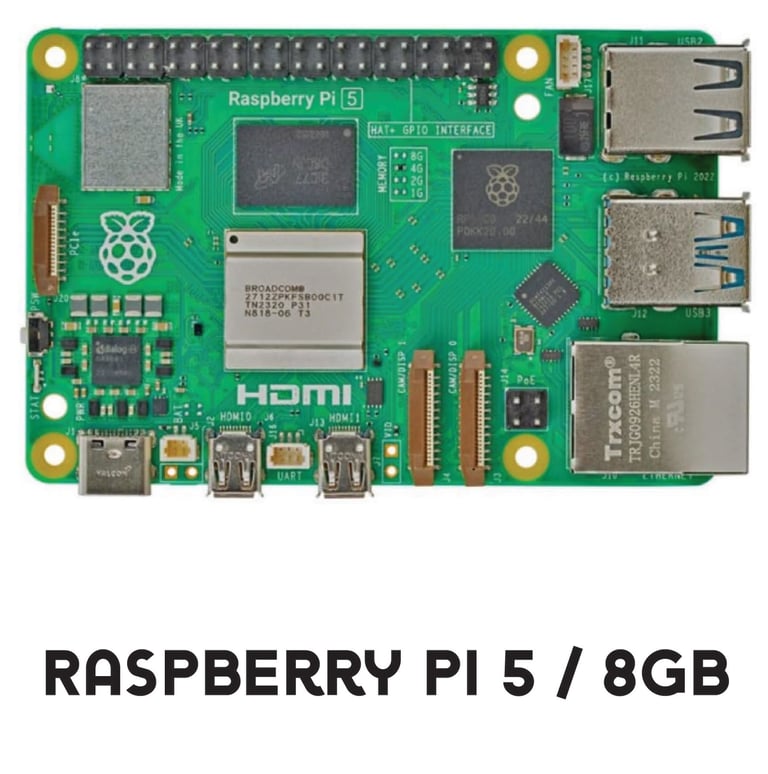

Raspberry Pi 5 with 8GB Ram
The everything computer. Optimized.
With 2–3× the speed of the previous generation, and featuring silicon designed in‑house for the best possible performance, the Raspberry Pi experience has been redefined.
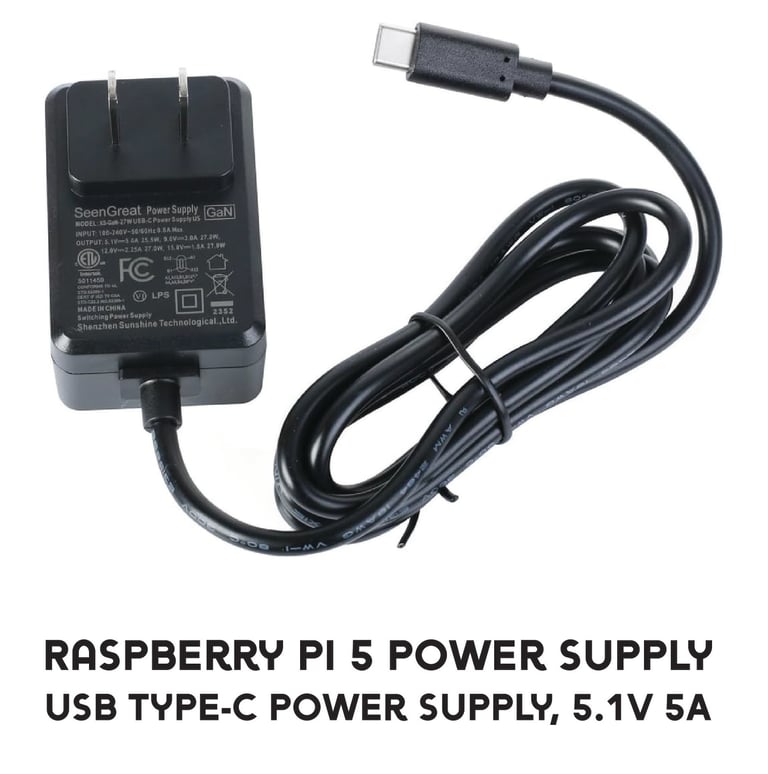

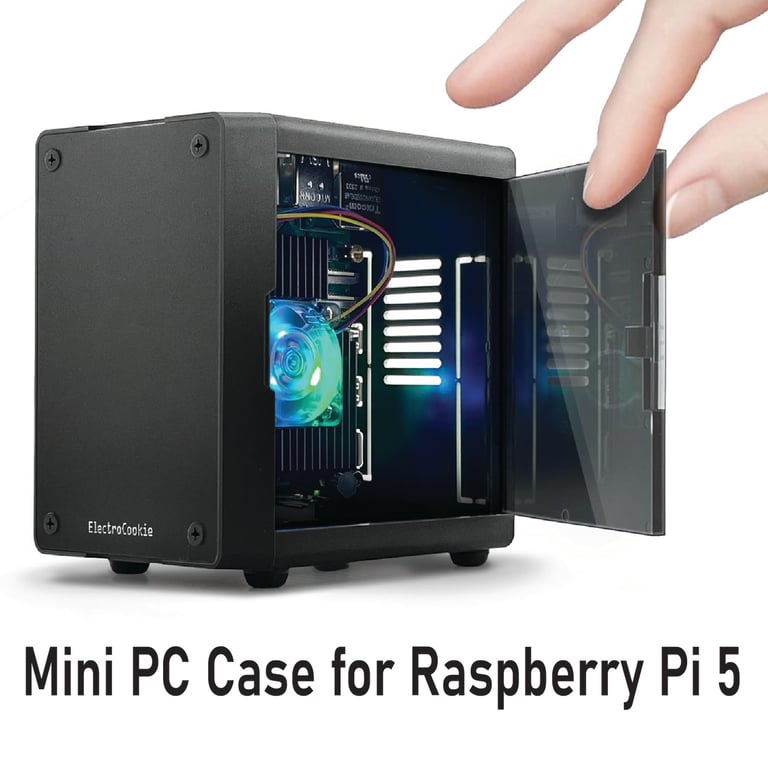

Raspberry Pi - 27W USB-C Power Supply
Buy from Pi Shop
Buy from Amazon
The Raspberry Pi 27W USB-C Power Supply is an ideal power supply for Raspberry Pi 5, especially for users who wish to drive high-power peripherals such as hard drives and SSDs from Raspberry Pi 5's four Type A USB ports. Additional built-in power profiles mean the Raspberry Pi 27W USB-C Power Supply is also an excellent option for powering third-party PD-compatible products. The available profiles are 9V, 3A; 12V, 2.25A; and 15V, 1.8A, all limited to a maximum of 27W.
Mini PC Case for Raspberry Pi 5 with fan
Miniature PC-Style Case for Raspberry Pi 5. Achieve a quiet, efficient workspace with the Active CPU Cooling System, featuring a PWM fan that auto-adjusts speed based on CPU temperature for optimal cooling and low noise. Easily power your Raspberry Pi 5 on or off from outside the case using the convenient side power button, directly connected to the Raspberry Pi 5's power button.
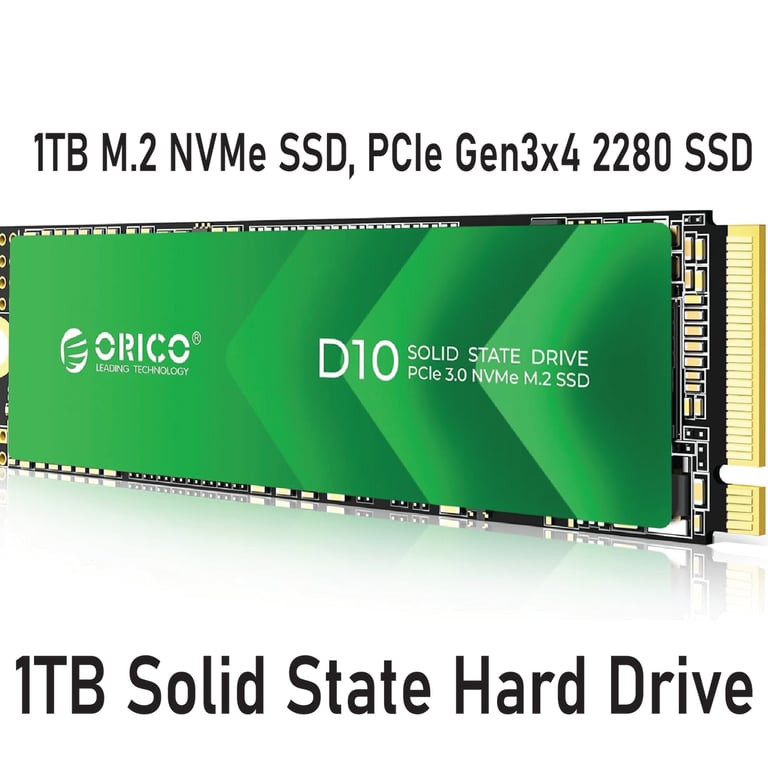

1TB M.2 NVMe Internal Solid State Hard Drive
1TB M.2 NVMe Internal Solid State Hard Drive
1TB M.2 NVMe SSD: Upgrade to NVMe with read speeds up to 3,600 MB/s and write speeds up to 3,000 MB/s, featuring a PCIe Gen3 x4 interface for faster system boot times and improved overall responsiveness. Selected TLC NAND Flash: Built with advanced TLC NAND flash and latest controller, the M.2 SSD has been rigorously tested by a variety of high-precision professional instruments, which greatly proves the stability and safety.
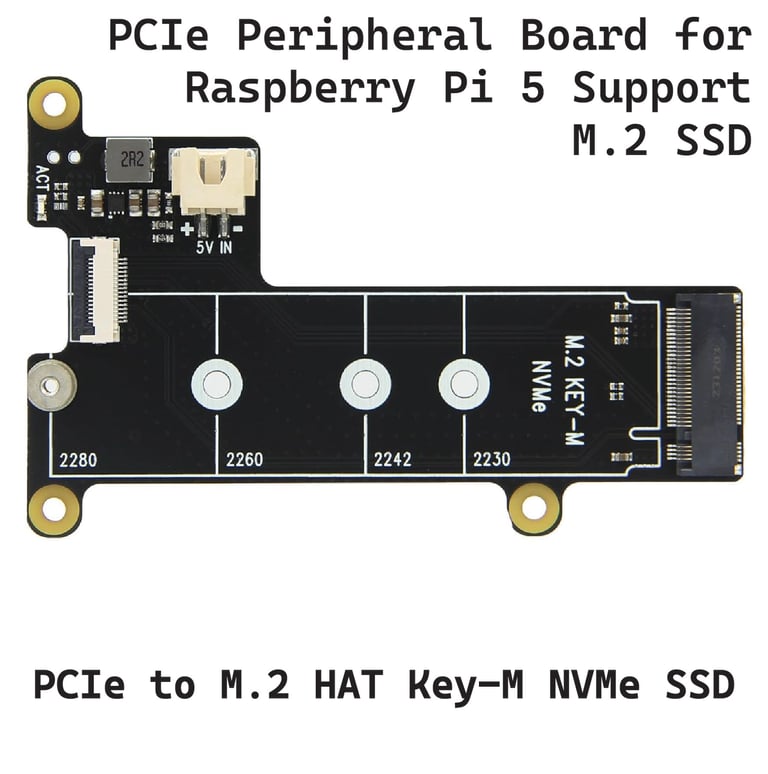

Raspberry Pi 5 SSD Adapter
Geekworm X1001 PCIe to M.2 HAT Key-M
This PCIe to M.2 HAT is designed for the Raspberry Pi 5 (2GB/4GB/8GB/16GB) and supports M.2 Key-M NVMe SSDs in sizes 2230, 2242, 2260, and 2280. It draws power directly from the Pi’s PCIe ribbon cable and works best with a 27W PD power adapter. The package includes the board and mounting accessories.
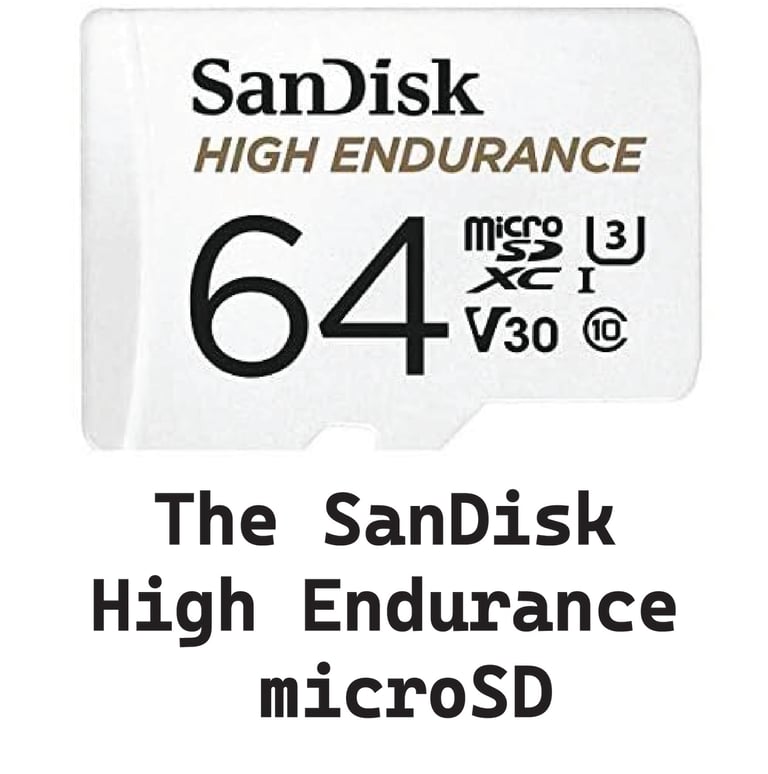

64GB High Endurance MicroSD Card
64GB SanDisk High Endurance Memory card
The SanDisk High Endurance microSD card is designed for continuous use and frequent rewriting, making it ideal for devices that require constant data writing and rewriting. Engineered for reliability, this card is built to withstand heavy usage without performance loss, ensuring your data remains safe over time.
Support
Contact@buildanode.com
© 2025. All rights reserved.
